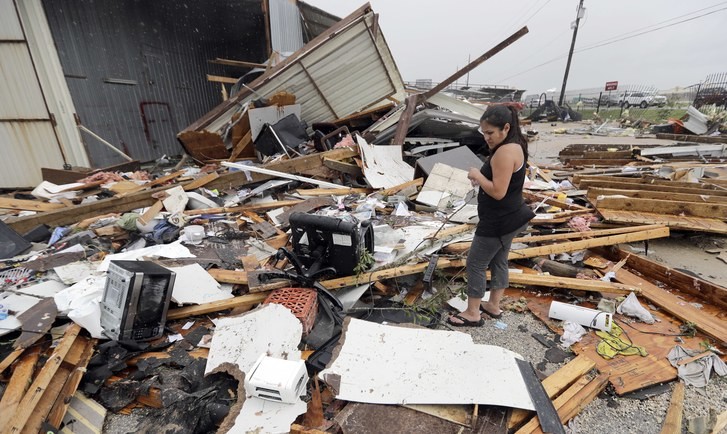Humanitarian organizations worldwide have intensified their efforts to address the escalating challenges posed by natural disasters. The International Federation of the Red Cross and Red Crescent Societies (IFRC) activated its first multi-disaster insurance policy in response to a series of devastating floods and landslides, notably triggered by Typhoon Yagi. This initiative disbursed over 7 million Swiss francs to aid 1.5 million victims in the poorest countries, including Nigeria and Nepal, highlighting the increasing scale and financial strain of climate-related disasters on humanitarian budgets.
In Myanmar, a catastrophic 7.7-magnitude earthquake struck on March 28, 2025, leading to over 1,600 deaths and more than 3,000 injuries. The disaster exacerbated the existing crisis in a nation already grappling with conflict and political instability following a military coup in 2021. International rescue teams and aid have been deployed from countries, including China, India, Russia, Thailand, and Singapore. Despite these efforts, local regions reported delays and blocks in receiving aid, with Mandalay residents conducting their rescue operations. The earthquake has further strained the country’s infrastructure, including hospitals and the air traffic control tower at Naypyidaw airport.
In response to the Myanmar earthquake, India launched “Operation Brahma,” deploying an 80-member National Disaster Response Force (NDRF) team and substantial resources within hours of the earthquake. The operation established fully operational field hospitals, treated over 2,500 patients, and delivered 656 metric tons of aid by April 9. This swift intervention underscores India’s commitment to providing immediate relief and supporting long-term recovery in the affected regions.
In the United States, the Federal Emergency Management Agency (FEMA) has undergone significant changes under President Donald Trump’s proposed overhaul, raising concerns about diminished federal support during crises. Nonprofit aid organizations like Team Rubicon are preparing to fill potential gaps by pre-positioning supplies and planning for expanded roles. However, they acknowledge that they cannot fully replace federal funding, emphasizing the need for coordinated responses to address the challenges posed by more frequent climate disasters.
Globally, the United Nations and its partners launched the 2025 Yemen Humanitarian Needs and Response Plan, seeking $2.47 billion to provide urgent humanitarian and protection assistance to millions of people in need. A decade of crisis has profoundly impacted Yemeni communities, with more than half of the country’s population requiring humanitarian assistance and protection services. The plan aims to address the severe humanitarian needs exacerbated by conflict, economic collapse, and climate shocks.
These efforts reflect a global commitment to addressing the multifaceted challenges posed by natural disasters, emphasizing the need for coordinated international responses to mitigate the impact on vulnerable populations.











Leave a comment